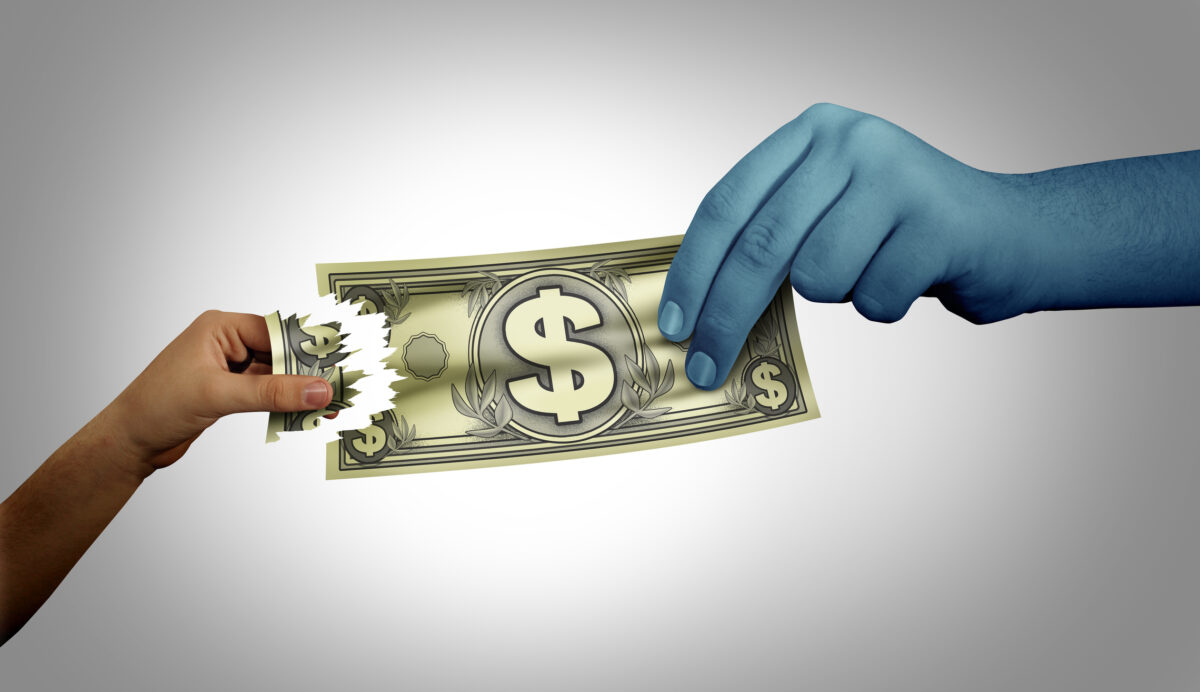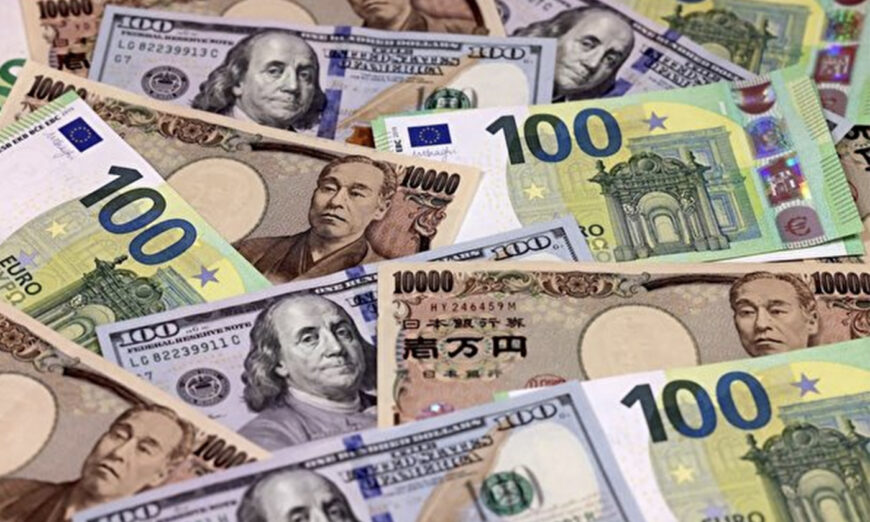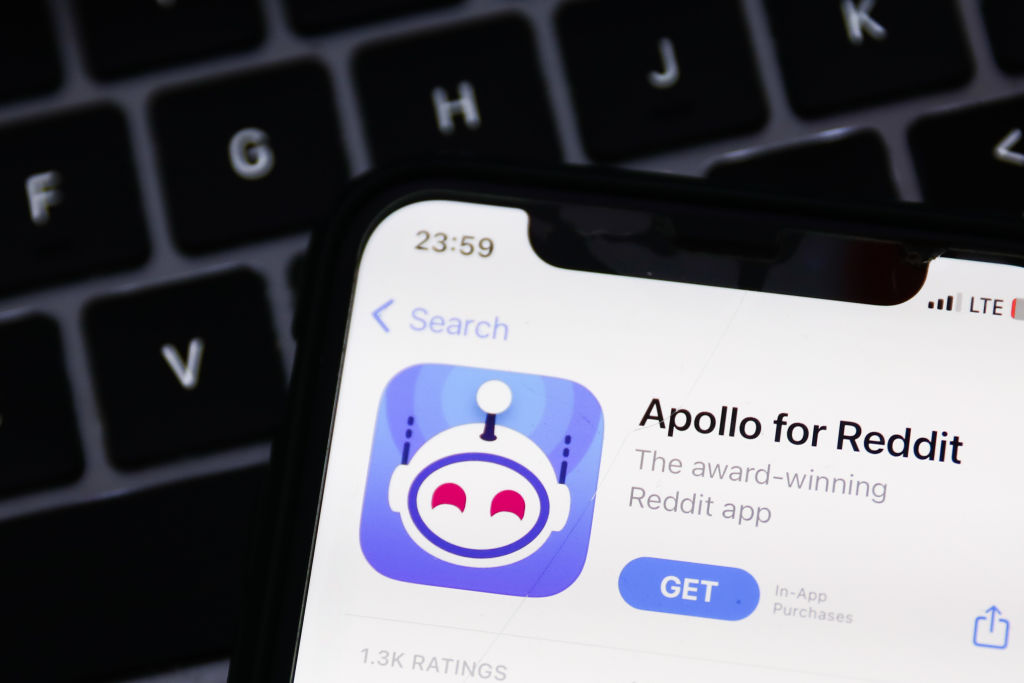Bed Bath and Beyond: How one of America’s most well-known companies landed on the scrap heap
Bed Bath and Beyond: The Rise and Fall
On April 23, Bed Bath and Beyond filed for bankruptcy after years of declining sales and a failure to restructure properly. As the company announces it will begin winding down operations, it can be easy to forget that the company was once counted among the Fortune 500. A string of poor decisions and trouble adapting proved to be the undoing of the company, found in 1971.
The Downfall
Primarily, the downfall of Bed Bath and Beyond can be traced to its ill-advised stock buyback policy. From 2004 to February 2022, the company purchased $11.8 billion of its own stock, CNN reported. Of that amount, $230 million was spent over the course of just three recent months.
According to Mississippi State University Professor Brian Blank, writing for the Conversation, companies generally engage in buybacks because they believe their own stocks are undervalued and want to signal optimism to Wall Street, or want to distribute funds to their shareholders without having to pay taxes. However, the United States has caught on to the practice and begun to institute taxes on it.
The policy of stock buybacks isn’t uncommon; this year, companies are projected to spend over $1 trillion buying their own stocks for the first time, up from $882 billion in 2021 and $936 billion in 2022. However, the accelerating pace of Bed Bath and Beyond’s stock buyback program distinguished it from its contemporaries. In July 2014, it pumped up its efforts, taking on $2 billion in debt in the process. Up until that point, the company had taken on relatively little debt. The large sum would compound and prove fatal for the company.
The buyback program wasn’t the only factor that helped tank the company. Bed Bath and Beyond was one of many retail stores hit hard by Amazon. Customers could buy most of the big box store’s products from the comfort of home. As Amazon’s delivery system increased in efficiency, Bed Bath and Beyond appeared to be growing obsolete.
“We missed the boat on the internet,” co-founder Warren Eisenberg admitted to the Wall Street Journal.
The Winning Playbook
The company had its first unprofitable year in 2019. The co-founders were forced off the company board, and a new CEO was brought on board — former Target executive Mark Tritton. He would follow a “winning playbook” in an attempt to revive the company, but ultimately failed.
His primary endeavor was to cut back on brand names, such as All-Clad cookware, OXO kitchen gadgets, and Mikasa china, in favor of private-label items, which would simply be labeled as Bed Bath and Beyond products. The policy would prove disastrous, alienating customers who had come to love the old branded products.
“My customers would look at the private label and say, ‘What is this?’” former store manager PJ Gumz told the outlet. When she would suggest the new private-label products, they would retort, “Where is Mikasa?”
“We think that the customer wants to see more of an optimal balance of national brands, direct-to-consumer brands and company-owned brands,” Bed Bath and Beyond director and interim CEO Sue Gove told analysts, scaling back the policy.
The End
Other ambitious endeavors to restructure and save the company failed, and on April 23, Bed Bath and Beyond announced it was filing for bankruptcy. The company will liquidate its assets and close all stores.
Don’t miss out on more news from the Washington Examiner. Click here for more.
" Conservative News Daily does not always share or support the views and opinions expressed here; they are just those of the writer."





